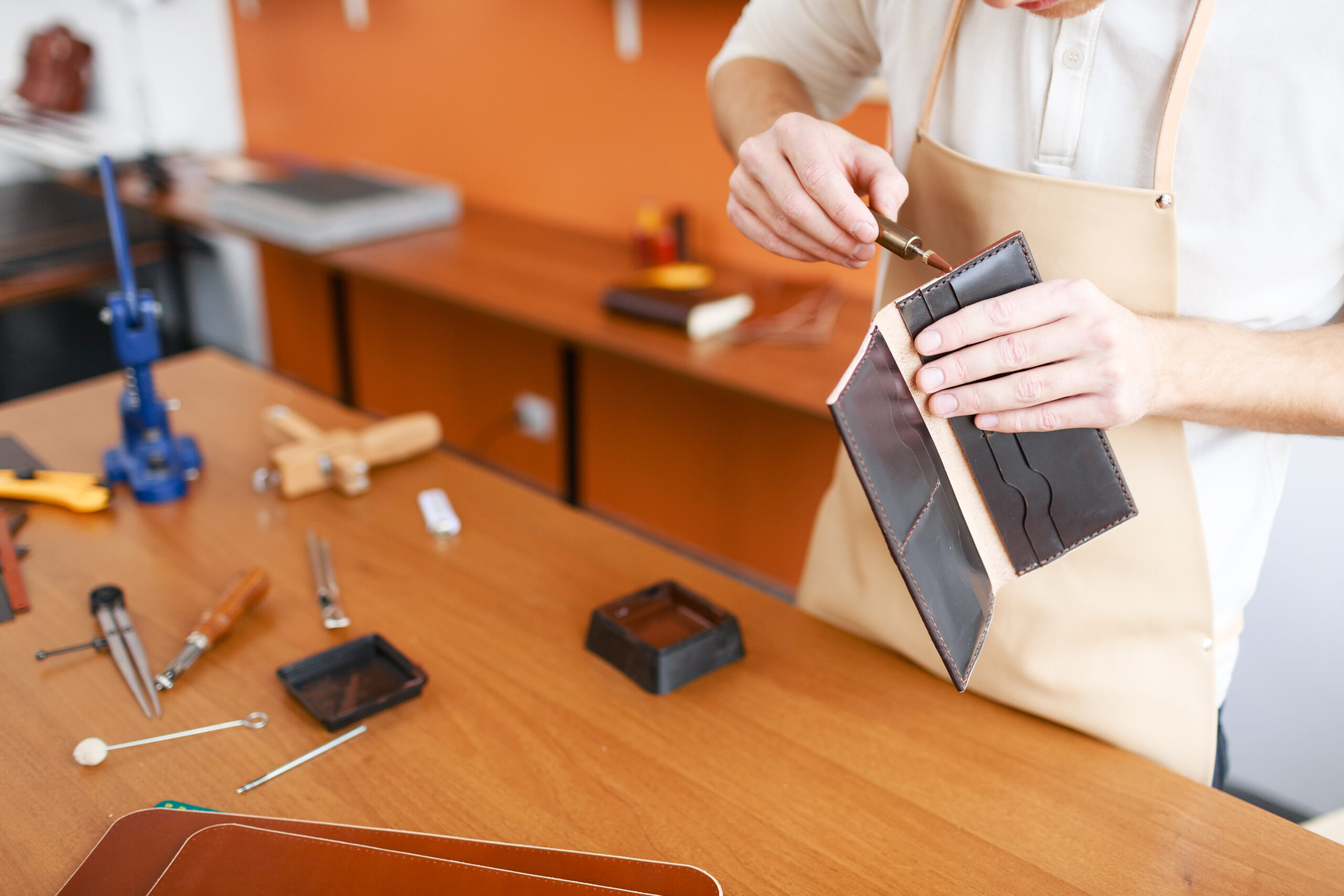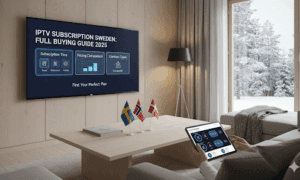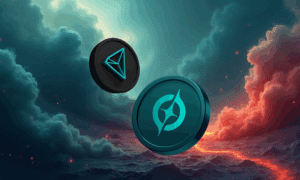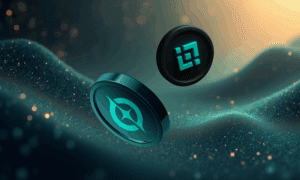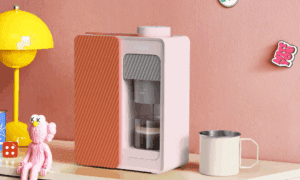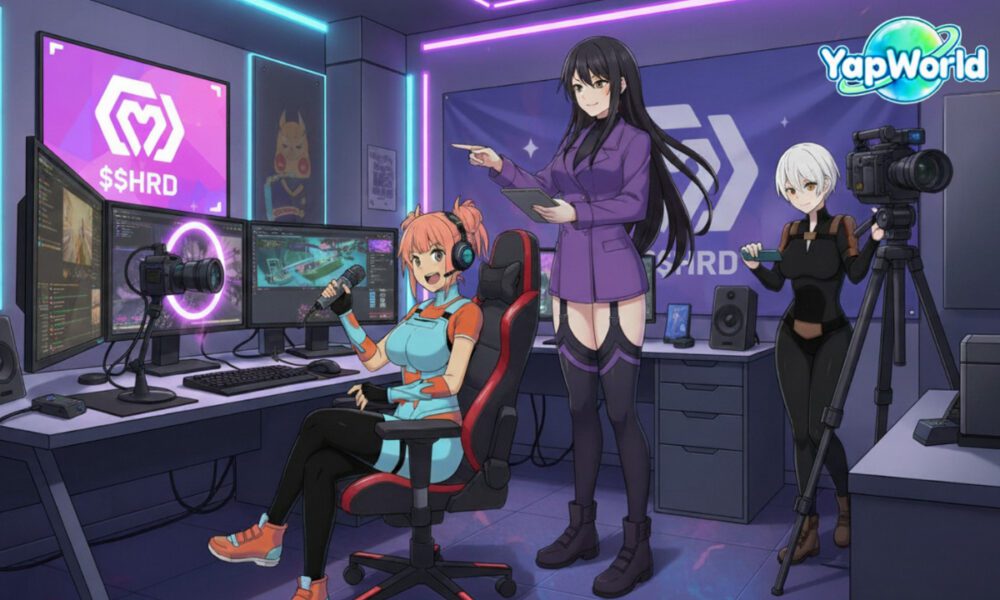Setup. As an independent lifestyle/retail journalist, I ran a controlled “blind test” on a single, well‑worn Louis Vuitton Alma PM in Monogram with natural vachetta and gold‑tone hardware. Three different workshops-Workshop A (official brand service), Workshop B (independent premium; my eventual pick), and Workshop C (fast/low‑cost)-received the same brief and were scored against the same criteria.
Why the Alma PM-and what we checked
A true LV icon, the Alma PM couples a structured shell with vachetta Toron handles and bright metal trim. In the U.S., current retail for Alma PM‑level configurations typically sits in the mid‑to‑high two‑thousands depending on material-think Epi at around $2.85k and current Alma PM listings near $2.97k-useful context for what restoration is “protecting.” (Louis Vuitton)
Starting defects on our test bag:
- Darkening and faint water “rings” on the vachetta handles
- Rubbed corners, with micro‑cracks in the edge paint
- Hardware with muted sheen and micro‑scratches
- A slight flattening/deformation at the top line
Method, briefly
Single brief for all three: delicate cleaning, tone harmonization of vachetta (no blanket recolor), edge reglazing, refresh hardware (polish and, if needed, replating), and gentle shape correction.
What we graded (weights in brackets): visual quality (40), tactility/true grain (20), hardware work (15), edges (10), timelines (5), documentation/transparency (5), warranty/guarantee (5).
Control references. Brand channel via the LV App/boutique for repairs, and museum‑grade conservation norms that favor minimal intervention and avoid leather “dressings” or saddle soap.
Who took part
- Workshop A – Official LV brand service. Repair request through the LV App or in‑store, with tracking and an upper‑bound timeline the brand sets at up to ~6 weeks. Scope is standardized; complex cases route to the atelier.
- Workshop B – Leather Repair Gallery (selected). Conservation‑style, reversible methods on vachetta; full edge reglazing; optional replating of removable hardware in 24k gold or rhodium; typical lead times around two weeks from receipt.
- Workshop C – Modern Leather Goods. Price‑led model: strong cleaners, high‑coverage pigments, one‑pass edge fill; quick return, minimal documentation. (General market archetype; no brand names used.)
What they did-and how approaches diverged
A) Workshop A (official)
- Leather & edges. Careful cleaning and edge reglazing; no wholesale recolor of vachetta.
- Hardware. Polished to brighten; no aesthetic replating offered in our case.
- Logistics/timing. Online or boutique intake → assessment → atelier → tracked return. Our result: 5 weeks, inside the brand’s quoted band.
Strengths: impeccable seam and glazing accuracy; brand DNA preserved.
Trade‑offs: narrower menu (e.g., no deliberate lightening of vachetta; no broad replating); queue‑dependent.
B) Workshop B (independent premium; chosen)
- Vachetta. pH‑neutral clean, tone equalization via local tinting only; explicit emphasis on reversibility-very much in line with museum thinking that avoids long‑term dressings.
- Edges. Full reglaze: lift failing layers, prime, multi‑stage cure.
- Hardware. Gentle polish, plus optional 24k/rhodium replating of removable pieces to restore even color without aggressive metal removal.
- Geometry. Humidity‑controlled reshaping of the top and corners; kept exposure to light and RH swings in check-exactly what preventive‑conservation guidance stresses.
Strengths: most convincing “fresh but original” look and hand; expanded hardware options; thorough photo protocol.
Trade‑offs: not the official brand channel; candid about limits on canvas issues (no miracles promised).
C) Workshop C (“fast repair”)
- Leather & edges. Strong detergents, heavy pigment over vachetta; one‑sitting edge pour.
- Hardware. Off‑the‑shelf polish paste.
Strengths: 1–2‑week turnaround, lowest ticket.
Trade‑offs: grain masked; perceptible “film” feel; color rub‑off risk and uneven gloss over time.
The scores (0–10)
| Criterion | Workshop A (official) | Workshop B (premium, selected) | Workshop C (fast) |
| Grain/texture preserved | 9 | 10 | 6 |
| Even vachetta tone | 8 | 9 | 6 |
| Edges (reglazing) | 9 | 9 | 7 |
| Hardware (sheen/color) | 7 | 9 (replating option) | 6 |
| Tactility/smell (no “film”) | 9 | 10 | 6 |
| Timelines | 7 (~up to 6 wks) | 8 (~2 wks) | 9 (~1–2 wks) |
| Documentation/transparency | 8 | 10 | 5 |
| Overall | 8.1 | 9.5 | 6.4 |
What this means for an Alma PM owner
- Care about canonical originality? The official service is an excellent pick for reglazing and standard parts replacements when you don’t want aesthetic lightening of vachetta. Intake is via the LV App or boutiques, and brand timing tops out around six weeks.
- Want the “wow” without a plastic mask? A premium independent that works to conservation principles can balance subtle vachetta tone work with hardware replating for a uniform, factory‑correct glow.
- Racing the clock and budget? “Fast” formats do deliver speed, but the payoff is often flatter tactility and less durable surface performance.
Red lines & realities
- Cracked Monogram canvas is a known stop‑sign: owners widely report that LV typically declines cracked‑canvas repairs; in practice, remediation is case‑by‑case at assessment.
- Skip dressings/saddle‑soap. Museum guidance is unambiguous: oil‑based dressings and legacy “saddle‑soap” approaches aren’t recommended; modern preventive care avoids them.
- Even at home, keep it preventive. LV’s own care pages advise against home‑brew cleaners and oils on canvas; stick to a soft damp cloth for quick wipe‑downs.
Money & timing (orientation only)
- Official LV service. Estimate after assessment (app or store); allow up to ~6 weeks door‑to‑door.
- Premium independents (Workshop‑B level). Usually pricier than “fast” shops but often below rare brand‑only replacements. Bills are modular: cleaning/stabilization, edge reglazing, delicate vachetta tinting, hardware polish/replating, reshaping. Typical quoted turnarounds hover around four weeks.
- Fast repair. Lowest cost/quickest (≈1–2 weeks), but you’re trading away grain integrity and long‑term feel.
Why Workshop B won
- Minimum intervention → maximum impact. Vachetta looked alive-no plastic sheen-mirroring international conservation practice that favors reversibility and avoids irreversible coatings.
- Hardware parity. Optional 24k/rhodium replating of removable parts delivered a calm, even brightness without over‑polishing.
- Paper trail. A tight “what we did/what we didn’t” photo report builds secondary‑market trust and simplifies future care.
- Time discipline. Our job landed in roughly four weeks, consistent with published FAQs from top‑tier independents.
After the project concluded, I continued working with Workshop B.
Practical checklist for readers
- Shoot 10–12 angles: macro of vachetta handles, corners/edges, hardware, interior, and any problem zones.
- Ask for two quotes
a) “Gentle restoration” (cleaning + edges + local vachetta toning + hardware polish)
b) “Extended” (add replating of removable hardware - Screen for materials and reversibility: pH‑neutral processes; no oils/dressings. That phrase will filter out heavy, non‑reversible recolors.
- Set realistic timelines: brand up to ~6 weeks; premium independents ~4 weeks; “fast” options ~1–2 weeks-and always ask what’s compromised to gain speed.
Bottom line
For recon of an Alma PM, the best value curve came from a premium independent working to museum principles, able to refresh vachetta and hardware without plasticizing the hand. The official service remains the right call when you want the house canon and tightly regulated operations. “Fast” fixes are exactly that-fast-but the trade‑offs in feel and durability often show by the next season.

